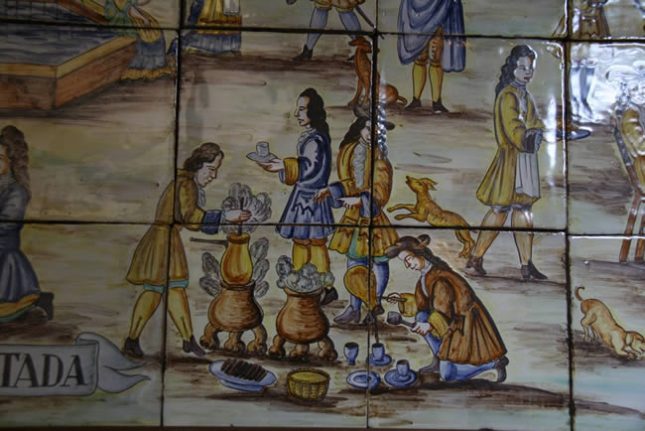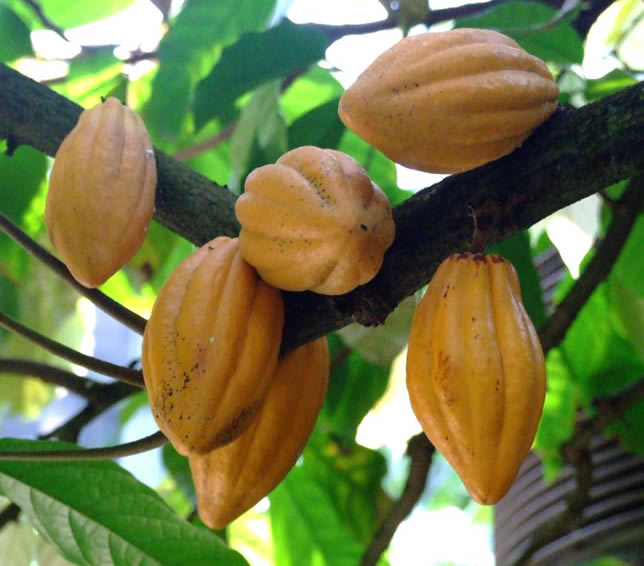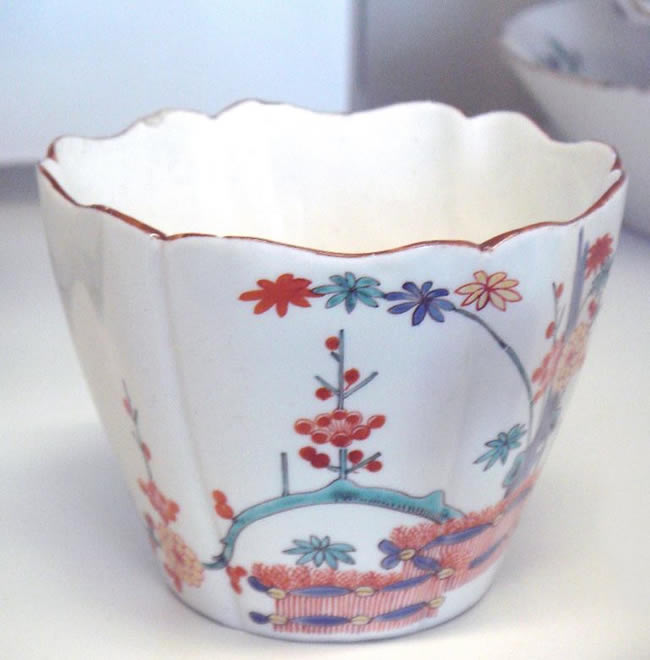Due to its exquisite, sweet, and sometimes sensual aroma, chocolate has been highly appreciated ever since the days of the Mesoamericans, who incorporated its use in numerous spiritual, financial, and nutritional aspects of society. The origins of this exquisite sweet treat are traced to the Theobroma cacao tree, which has been cultivated for at least 3000 years in different regions of Northern South America, Central America, and Mexico. The cacao nibs were such an important part of everyday life that they were actually used as currency, which caused them to become even more popular over the centuries from an economic point of view.
As far as Europeans are concerned, they only discovered cocoa in 1502 when Columbus was exploring the Gulf of Honduras. During his journeys across the gulf, the great explorer made contact with natives that served him a delicious drink made using cacao, spices, honey, and vanilla. Columbus took some cocoa nibs back to Spain but they were generally disregarded, and it wasn’t until 1528 that Hernando Cortés permanently established the plant in Iberia.

It didn’t take long for the Spanish to figure out how to transform the nibs into a delicious drink, and since sugar became cheaper in the 17th century, more and more citizens were able to afford to drink delicious warm chocolate. As we mentioned before, chocolate was originally involved in numerous day-to-day rituals, including marriage. There are numerous records regarding the people of the Mixtec area of highland Mexico, who used to exchange a cocoa beverage before getting married.
For a century, the Spanish were very discreet about this discovery. They chose to share this delight with the rest of Europe in 1615 when French King Louis XIII married Anne of Austria, daughter of Spanish King Phillip III, and took various samples of chocolate to the royal court in France. After reaching France, chocolate spread extremely quickly throughout Europe. The British were fascinated by chocolate that they started selling it in special “chocolate houses”.
The expansion of chocolate and its demand throughout Europe led to the development of the slave market, between the 1600s-1800s. Windmills were used to speed up the production of chocolate because the manual processing of cocoa beans was very slow and tiring. But this did not improve the production and that is why chocolate remained an accessible delicacy only for the rich until the arrival of the Industrial Revolution. With the Industrial Revolution, many processes to accelerate the production of chocolate were introduced and many chocolate factories were set up so that chocolate became accessible to the general public.

In regards to how cocoa first came into human hands, there are numerous religious texts and oral-passed stories that tell of the Theobroma tree and how it was presented to humans as a gift from the gods. In any case, humans began analyzing the composition of chocolate and began using it for various medicinal purposes over the years. Numerous reports state that chocolate used to be regarded as an effective cure for a broad array of medical conditions, but it was also used in conjunction with other medicines in order to mask certain unpleasant flavors or odors.

In Europe, after the production problem was solved, many focused on inventing something new or improving various recipes containing chocolate. In 1815 the Dutchman Coenraad Van Houten managed to create cocoa powder and solid chocolate by removing cocoa butter from the chocolate liqueur while in 1847 the English chocolate company named Fry created the first mass-produced chocolate bar by adding extra cocoa butter to Van Houten’s chocolate. At the same time, brands such as Lindt, Nestlé, and Cadbury are making their mark on the chocolate market.
In the USA, the transformation from drink to solid sweet treat happened thanks to a Pennsylvania caramel manufacturer named Milton W. Hershey, who acknowledged the potential of the J. M. Lehmann exhibit of milk chocolate manufacturing equipment that was being showcased at the 1893 Chicago fair. Hershey purchased the entire assembly and soon retired out of the caramel business in order to focus on manufacturing chocolate bars. The reason why chocolate is actually viewed as food during our days is because of the invention of milk chocolate during the 19th century, which opened up a whole new array of potential culinary uses for this magnificent product.

Nowadays, chocolate is one of the most popular holiday gifts whether we’re talking about chocolate eggs for Easter or chocolate Santa figures for Christmas. Moreover, most men buy a box of chocolates as well as some flowers and a greeting card for their loved ones on Valentine’s Day. The International Chocolate Day is celebrated each year on September 13 by the National Confectioners Association.







